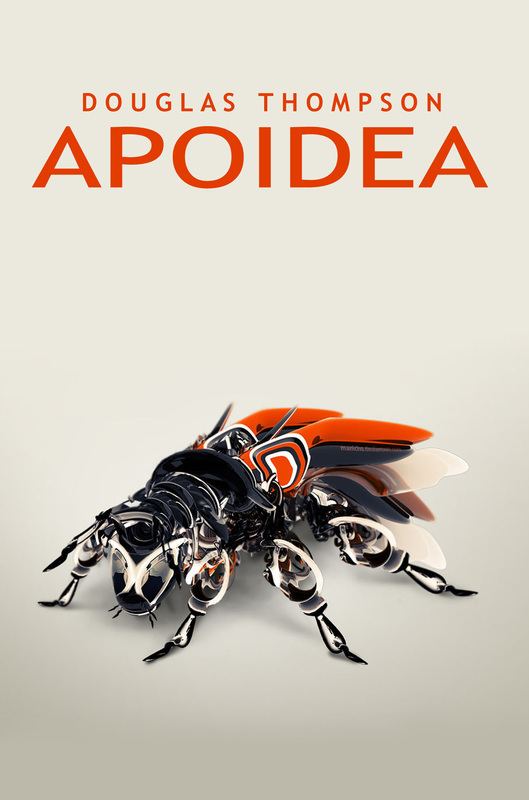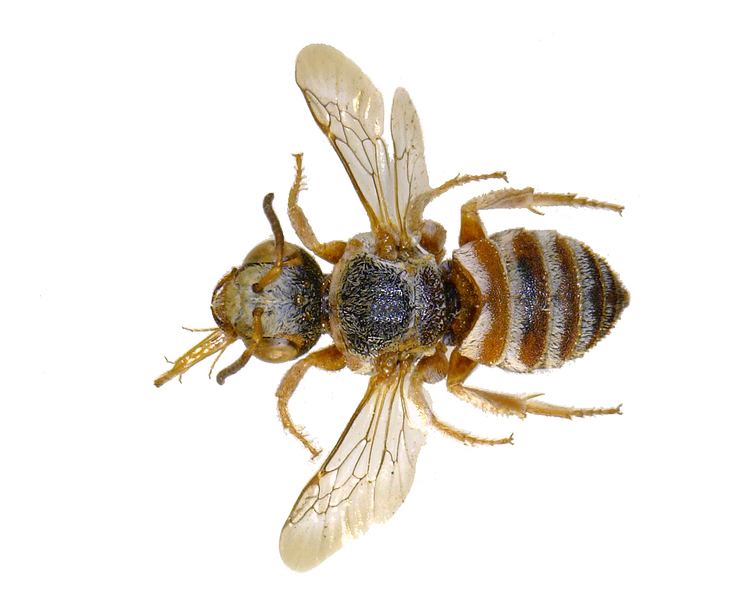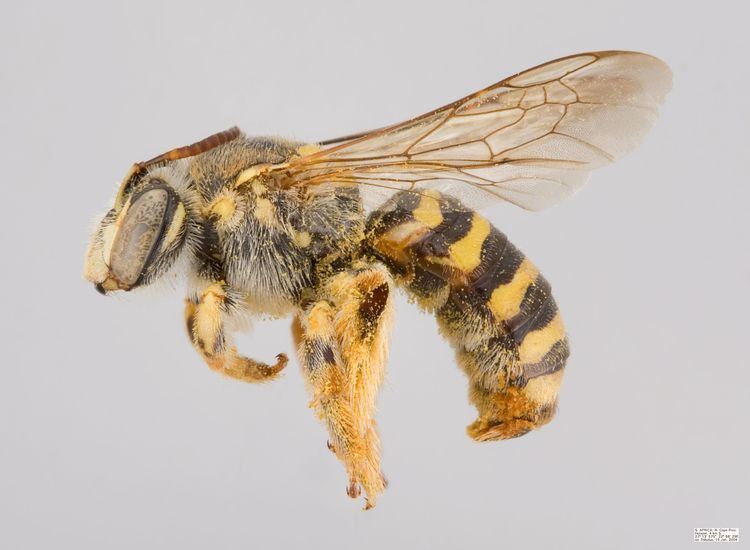Scientific name Apoidea Rank Superfamily | ||
 | ||
Length Early bumblebee: 1 – 1.4 cm Lifespan Western honey bee: 122 – 152 days, Early bumblebee: 28 days Lower classifications Bee, Sphecidae, Crabronidae, Eastern cicada killer, European beewolf | ||
Apoidea benito juarez
The superfamily Apoidea is a major group within the Hymenoptera, which includes two traditionally recognized lineages, the "sphecoid" wasps, and the bees. Molecular phylogeny demonstrates that the bees arose from within the Crabronidae, so that grouping is paraphyletic.
Contents
- Apoidea benito juarez
- Science in ukraine great pollinators collection of wild bees apoidea 12 06 2015 kiev ukraine
- Nomenclature
- Phylogeny
- References
Science in ukraine great pollinators collection of wild bees apoidea 12 06 2015 kiev ukraine
Nomenclature

Bees appear in recent classifications to be a specialized lineage of crabronid wasps that switched to the use of pollen and nectar as larval food, rather than insect prey; this makes the Crabronidae a paraphyletic group. Accordingly, bees and sphecoids are now all grouped together in a single superfamily, and the older available name is "Apoidea" rather than "Sphecoidea" (which, like Spheciformes, has been used in the past, but also defined a paraphyletic group and has been abandoned).

As bees (not including their wasp ancestors) are still considered a monophyletic group, they are given a grouping between superfamily and family to unify all bees, Anthophila.
Phylogeny

This cladogram is based on Debevic et al. 2012, which used molecular phylogeny to demonstrate that the bees (Anthophila) arose from deep within the Crabronidae, which is therefore paraphyletic. The Heterogynaidae are also broken up. The small subfamily Mellininae was not included in their analysis.
